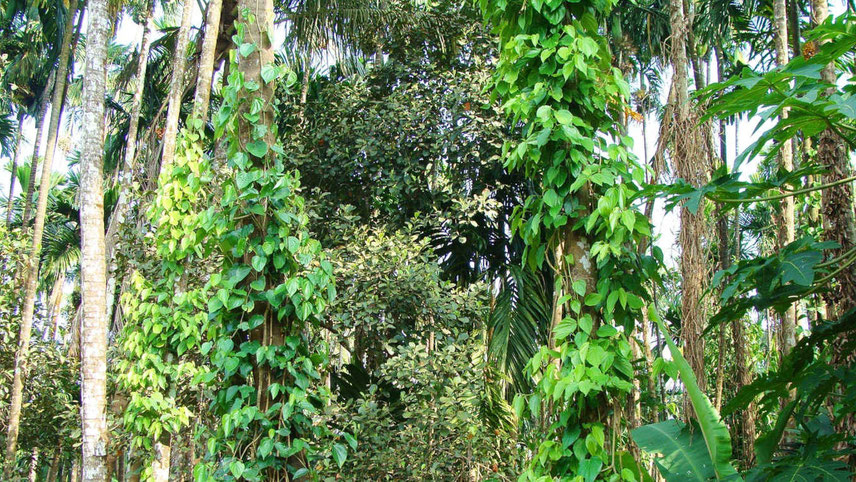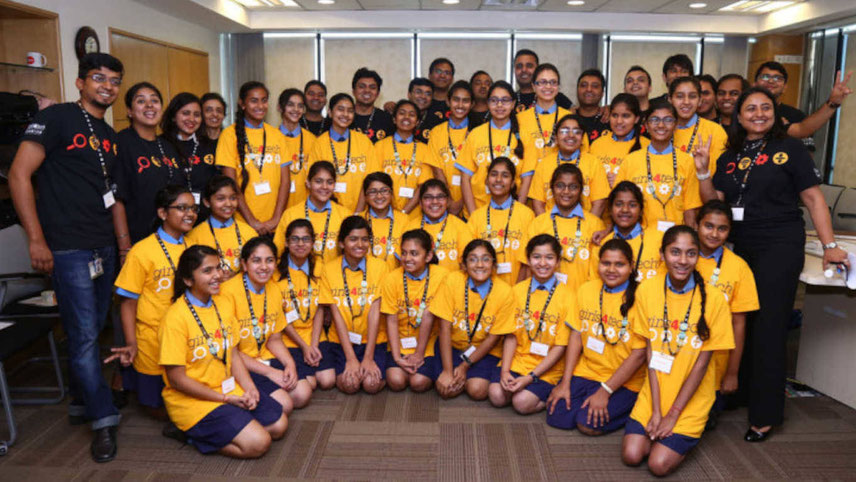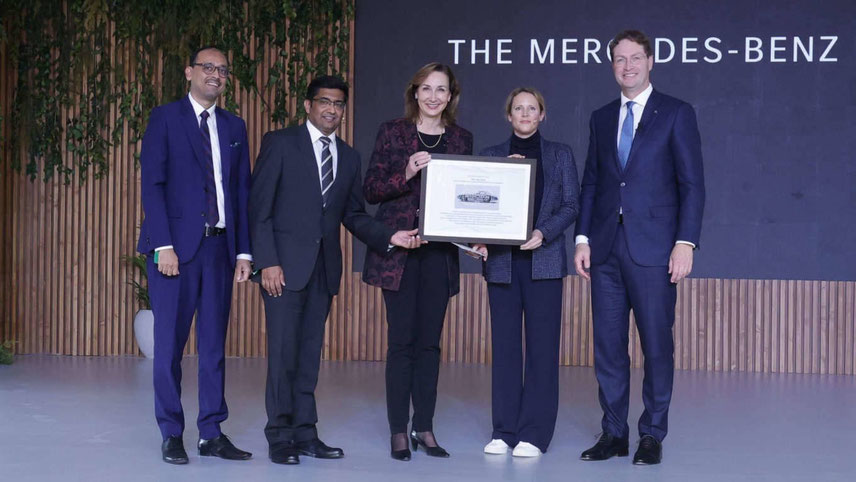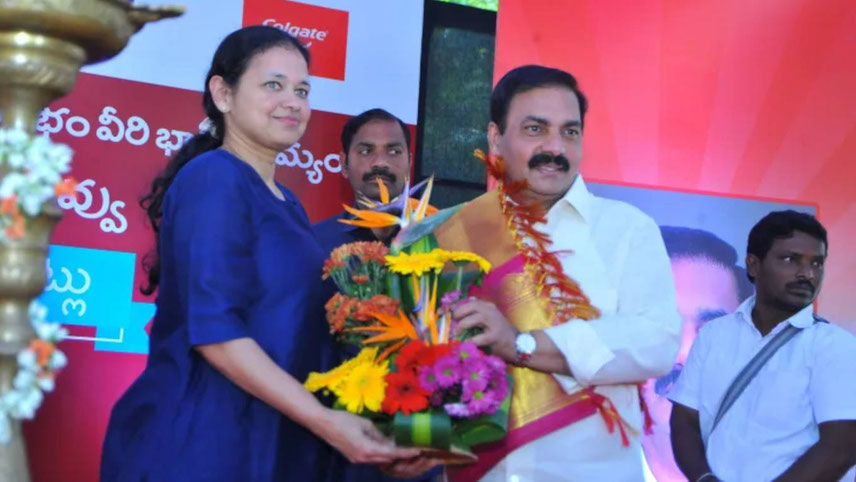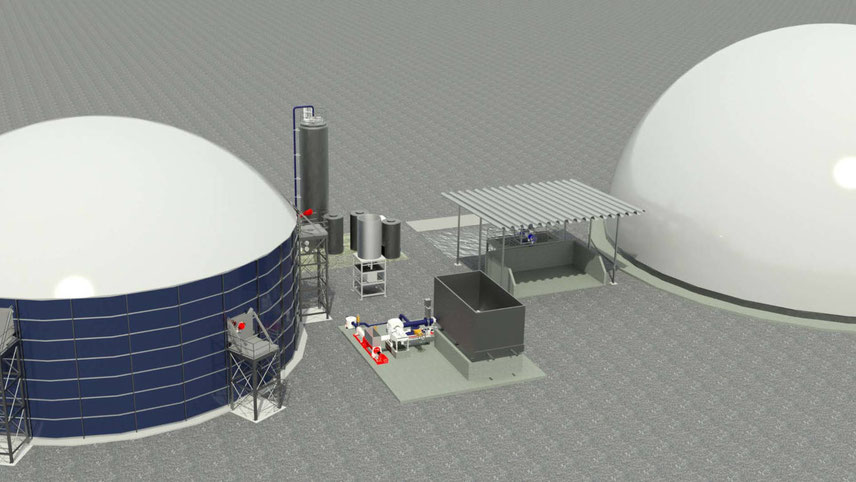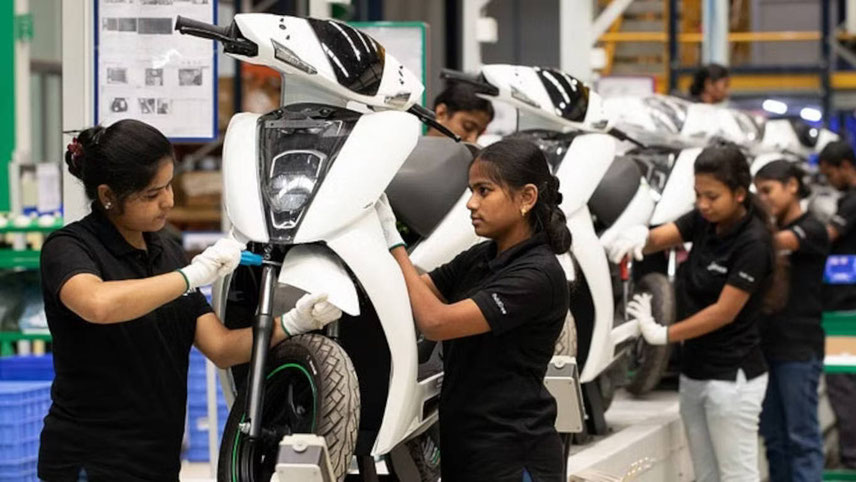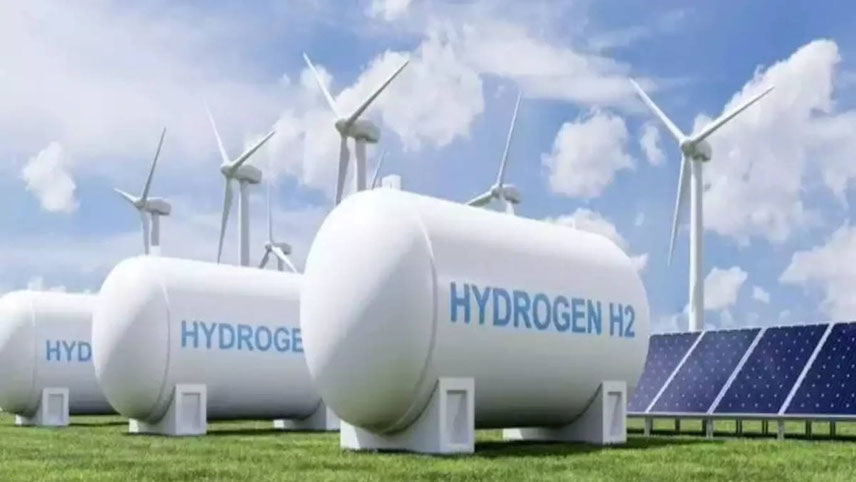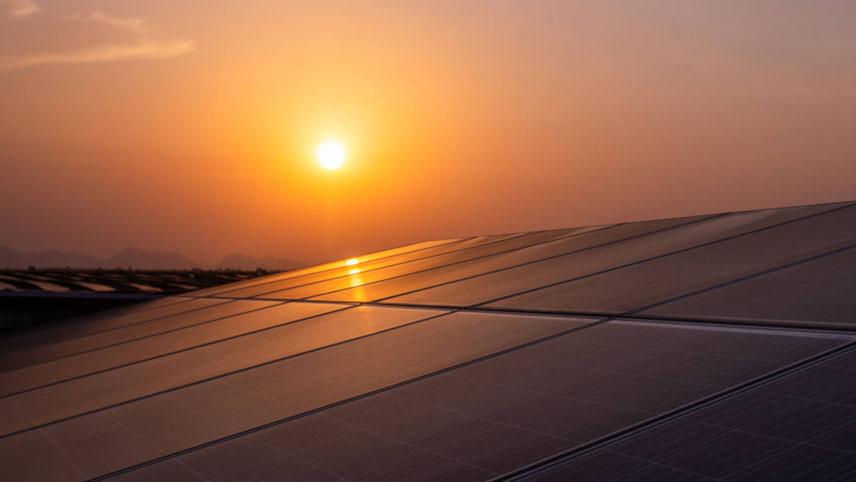The Modi government has approved the revised domestic natural gas pricing guidelines to ensure a stable pricing regime for consumers and protect producers from market fluctuations. The new pricing guidelines are based on the report of the Kirit Parikh Committee, which has suggested that the monthly price of gas produced from old blocks be fixed at 10 per cent of the monthly average of the Indian crude basket, with a cap of $6.5/mmBtu and a floor price of $4/mmBtu. The pricing guidelines are for gas produced from nomination fields of ONGC/OIL, New Exploration Licensing Policy (NELP) blocks and pre-NELP blocks, where Production Sharing Contract (PSC) provide for government’s approval of prices. The price of such natural gas shall be linked to the monthly average of Indian Crude Basket, which shall be notified on a monthly basis. For the gas produced by ONGC and OIL from their nomination blocks, the Administered Price Mechanism (APM) price shall be subject to a floor and a ceiling. Gas produced from new wells of ONGC and OIL would be allowed a premium of 20 per cent over the APM price. In the near term, it will lead to significant decrease in prices of piped gas for households and CNG for transport. The fertiliser and power sectors too will benefit to some extent. The rates of both CNG and PNG had jumped 80 per cent in the previous few months after a sudden spike in international markets. With a series of crucial assembly elections due this year leading to the general election in 2024, the Modi government clearly did not clearly want to upset household budgets. Taking a relook Explaining the rationale of the new guidelines, senior officials said that before this change, APM prices were set based on the weighted average price of four markets for producers – the US, Canada, Russia and the UK. The prices were being decided on that basis and they fluctuated widely. It was $1.69/mmBtu a year ago, which did not even cover the marginal cost of production of ONGC and OIL. It was revised to over $8/mmBtu six months back. That had put a lot of stress on distributors. The CGD (city gas distribution) companies felt that their growth expansion had slowed down. So, giving the same price to our producers, at the price available for producers abroad, did not make sense. This is because production fields may be different. Hence, the government thought that there was a need to take a relook at it. Now, the Cabinet has decided to index the APM prices to the price of imported crude oil. APM will be priced at 10 per cent of the price of a basket of crude oil that India imports. The rate is, however, capped at $6.5 per million British thermal units, with a floor price of $4 per mmBtu. Currently, the Indian basket of crude oil is priced at $85 per barrel, so the ceiling is helping to cut the prices from $8.5 (10 per cent of crude oil) to $6.5 and this will lead to an overall reduction in prices of domestic PNG and CNG.
-

Will the new pricing guidelines ensure a stable pricing regime?


























